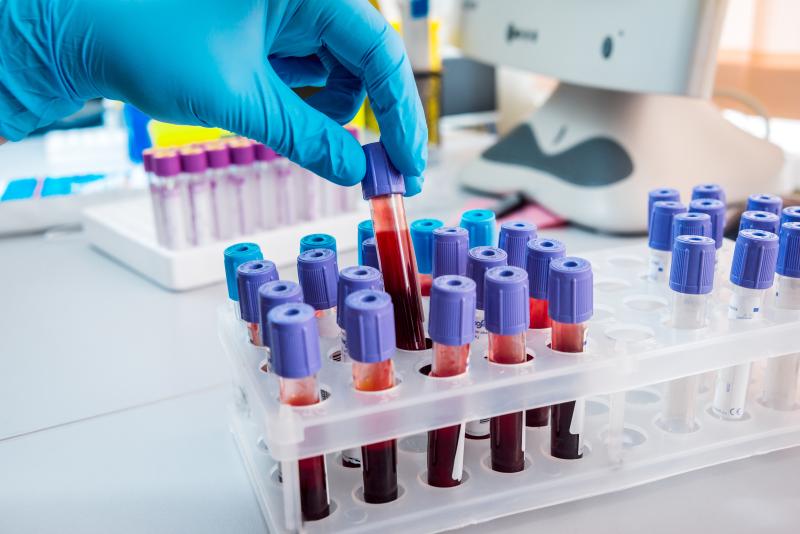
Circulating interleukin (IL)-17A in patients diagnosed with rheumatoid arthritis (RA) is associated with the incidence of cardiovascular disease (CVD), independent of traditional CVD risk factors and of erythrocyte sedimentation rate (ESR) at the time of diagnosis, suggests a study.
In addition, osteoprotegerin (OPG) appears to be predictive of CVD, and researchers have identified some potential biomarkers for CVD in RA.
Consecutive patients with early RA recruited between 1995 and 2002 were included in this study. The research team analysed stored plasma samples for 92 inflammatory proteins and retrieved CVD diagnoses from national inpatient and cause-of-death registries.
The researchers also performed statistical analyses, predesignated as hypothesis-driven or exploratory, and selected proteins based on principal component analysis (ie, factor loading >0.5 within main components). Finally, they used Cox regression to determine the potential predictors of CVD and coronary artery disease (CAD).
Overall, 163 patients had available data on baseline levels of proteins and CVD. After adjusting for age, sex, hypertension, diabetes, smoking, and ESR, levels of IL-17A were found to have a significant association with CVD (hazard ratio, 1.35, 95 percent confidence interval, 1.02–1.78), but not with CAD.
OPG levels also showed a significant association with both CVD and CAD, but only in crude models. No associations were found for IL-6, tumour necrosis factor, monocyte chemotactic protein-1, or IL-8. In addition, exploratory analyses revealed significant associations between MCP-3 and both outcomes in crude models.
“Circulating IL-17A at RA diagnosis predicted future CVD, although we cannot exclude the possibility that this finding is due to multiple testing,” the researchers said.